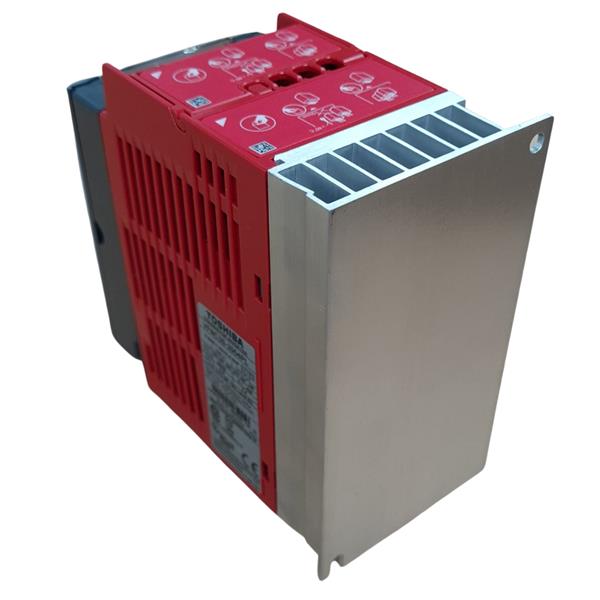
Proportional fan speed control is a method used in process
cooling equipment to regulate the speed of the fans used to cool the equipment.
This control technique adjusts the fan speed in proportion to the cooling
demand of the process. By adjusting the fan speed, the cooling equipment can
maintain the desired temperature setpoint while consuming less energy.
Proportional fan speed control works by monitoring the
temperature of the process cooling liquid and adjusting the fan speed
accordingly. As the temperature rises above the setpoint, the fan speed
increases to provide more cooling. As the temperature drops below the setpoint,
the fan speed decreases to reduce the cooling. The actual temperature is
compared to the desired set point, and based on this comparison, the controller
determines the required fan speed. The motor controller can adjust fan speed by
varying the frequency or voltage of the electrical signal that drives the fan
motor. By adjusting the speed of the fans in proportion to the cooling demand,
the proportional fan speed control system can maintain the desired temperature
setpoint while consuming less energy.
Proportional fan speed control offers several benefits for
process cooling equipment, including:
Improved energy efficiency:
- Proportional
fan speed control adjusts fan speed in proportion to the cooling demand of the
process, which means that the fans consume less energy when less cooling is
required. This can result in significant energy savings and lower operating
costs.
Precise temperature control:
- Proportional
fan speed control allows for precise temperature control, which is important in
many applications where temperature fluctuations can have negative effects on
equipment or products.
Reduced wear and tear on equipment:
- By
adjusting fan speed based on cooling demand, proportional fan speed control can
reduce wear and tear on equipment. This can help to extend the lifespan of the
equipment and reduce maintenance costs.
Quieter operation:
- By
reducing fan speed when less cooling is required, proportional fan speed
control can result in quieter operation of cooling equipment.
Adaptability to varying ambient conditions:
- Proportional
fan speed control is especially beneficial for cooling units installed in
places with wide seasonal temperature variations. By continuously adapting the
fan speed based on the current conditions and cooling demand, proportional fan
speed control ensures that the cooling system operates efficiently and
effectively throughout the year, regardless of external temperature swings.
This adaptability not only maintains the desired temperature setpoint, but also
prevents potential damage or malfunctions due to extreme ambient conditions.
Overall, proportional fan speed control is as useful
technique for improving the efficiency, performance, and lifespan of process
cooling equipment. By regulating fan speed in proportion to cooling demand,
this technique can provide precise temperature control while minimising energy
consumption and reducing costs.
While proportional fan speed control offers many benefits
for process cooling equipment, there are also some potential drawbacks to
consider:
Initial cost:
- The
installation of a proportional fan speed control system can involve an initial
cost for equipment, installation, and programming. However, this cost is often
offset by energy savings over time.
Complexity:
- Proportional
fan speed control systems can be complex, involving multiple components and
programming. This can make them more challenging to install and maintain than
simpler systems.
Compatibility:
- Proportional
fan speed control may not be compatible with all types of cooling equipment.
Some equipment may require specialist controllers or sensors, which may add to
the cost and complexity of the system.
Sensitivity to temperature changes:
- Proportional
fan speed control relies on accurate temperature sensors to adjust fan speed.
If the temperature sensors are not calibrated correctly or are affected by
external factors, such as drafts or humidity, the system may not function
properly.
Limited impact on overall energy use:
- While
proportional fan speed control can reduce energy consumption for cooling
equipment, it may have a limited impact on overall energy use in a facility.
Other factors, such as lighting and equipment operation, may have a greater
impact on energy consumption.
While there are some potential drawbacks to consider,
proportional fan speed control can still be a useful technique for improving
the efficiency and performance of process cooling equipment. The benefits of
improved energy efficiency and precise temperature control can outweigh the
initial costs and complexity of the system.